Car brands tend to be stable things, not quite in the too-big-to-fail category, but robust enough to survive the rough and tumble of business peaks and troughs. In fact, in the past two decades, only three car makers have ceased selling cars in Ireland.
MG Rover went out of business in 2005 and Saab ditto in 2011. Chevrolet, having briefly promised to bring a full range to Ireland, decided not to in 2014, retreating from the rest of Europe as it did so. Beyond those, the full disappearance of a car maker or brand from the scene is a rare thing.
Which makes the case of Mitsubishi so odd. Mitsubishi will, in 2021, wind up its Irish operations, just as it will in the rest of Europe and the UK. The Japanese brand has been part of the French-Japanese Renault-Nissan Alliance since 2016 having been bought out in the wake of a scandal over misquoted fuel economy figures.
It wasn't quite the Volkswagen diesel scandal in terms of money nor reach, but it was enough to hole Mitsubishi's share price below the waterline, and bring Renault-Nissan to the table with an offer.
Since then, Mitsubishi's condition has little improved. With the Covid-19 crisis triggering a tidal wave of red ink at Renault-Nissan, a massive turnaround plan has been put in train, and Mitsubishi's place in Europe is the major casualty. Renault will now be the group's primary European brand in European terms, with Nissan reducing to a smaller Euro-lineup, and instead concentrating on the US, China, and Japan.
Mitsubishi's task will now be to concentrate on the southeast Asian markets, and Australia. In Europe, and now in Ireland, the brand is effectively being wound down. Fresh models - including new generations of the Outlander SUV, the Eclipse Sport crossover, and L200 pickup - will not be homologated for Europe, and new deliveries will not come from the factories. Dealers will sell down the stock they currently have, and then . . . and then what, exactly?
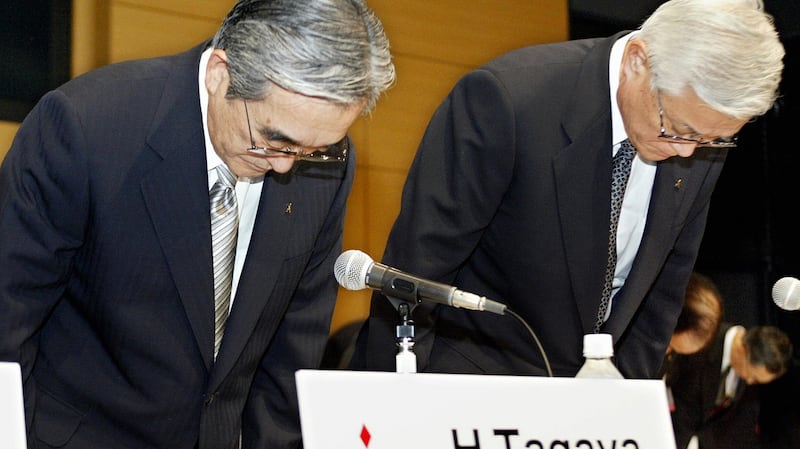
What happens next?
Well, at first, the brand’s existing owners will have to be looked after. Although Mitsubishi’s sales have been sliding for some time, it has still managed to clock up more than 7,000 Irish sales since 2010, and there are strict European laws regarding how long spares and servicing backup must continue to be provided for.
When the exit from Europe was first announced, Mitsubishi Motors Ireland, which is part of the Frank Keane Holdings group, responded by saying: "Despite this announcement we remain fully committed to both our customers and dealer network. We will continue to sell our existing models and look after our existing and future customers through our dedicated aftersales and service departments."
The same is true in the UK, where the Colt Car Company, the official Mitsubishi importer since 1974, has confirmed that it will wind down its new sales operations, and convert itself to an aftersales company "to ensure the 350,000 Mitsubishi drivers on UK roads have full support in terms of parts, accessories, maintenance, warranty, recalls and repairs well into the future".
In Ireland, Frank Keane Holdings has now taken on the distributorship for MG cars - the great British name revived by Chinese cash and factories, and arriving into dealerships around now with a lineup of two SUVs; one electric, one a plugin-hybrid, and later next year a mid-sized electric-only estate.
When we asked a representative if current Mitsubishi owners in Ireland would be steered towards a returning MG, the official response was: “MG Motor will not be actively targeting Mitsubishi owners. The EV (electric vehicle) and PHEV (plug-in hybrid electric vehicle)model offering from MG Motor means we will be targeting all brands in the market as the transition to electrified vehicles gathers pace in Ireland, and especially at the affordable prices from MG for the range of family friendly SUVs and cars.”
Significantly, of the recently-announced roster of dealers for MG in Ireland, only one - Colm Hanly of Tipperary - is currently a Mitsubishi dealer.
A history of innovation
How has Mitsubishi come to this? More than a decade ago, the company was first out of the traps with a production-ready electric car; the i-MiEV. This dinky little city car, almost a bubble car, was vastly ahead of the curve in the electric car race, and was considered good enough that both Peugeot and Citroen licensed the car to be sold with French badges.
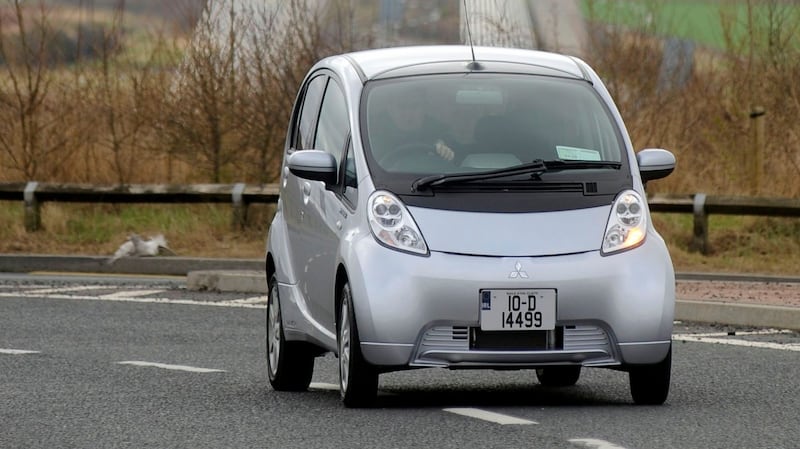
Then, in 2014, Mitsubishi launched the Outlander PHEV, the first truly popular plugin-hybrid car, and one that’s still selling relatively well today. Indeed, the Outlander PHEV has only recently been outdone by younger PHEV competitors, and there are those who still say that the Mitsubishi is a better-engineered car than its new rivals.
Look further back into the company's history and the innovative models pile up - the original Pajero; a car that showed both Toyota and Land Rover that off-roaders could be comfy and more driveable on-road.
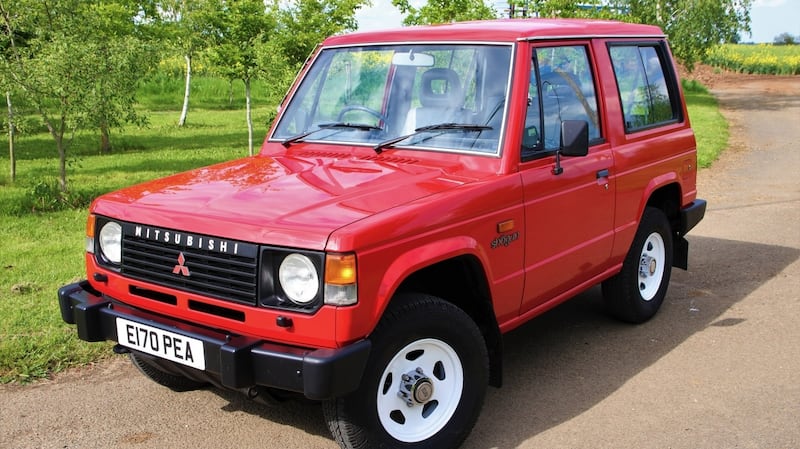
The 3000GT sports car, which brought colossal turbo power and four-wheel drive at a time when Ferraris and Porsches were still difficult cars to drive and own. The original Starion Coupe, with its clever four-wheel steering. The Galant, with its twin-turbo V6 and styling that could rival the best of BMW. Or the procession of Evo models, developed into road cars from rally-winning racers, which put Mitsubishi on top of the world in the late 90s and early 2000s. How could a company capable of such excellent machinery fall so far?
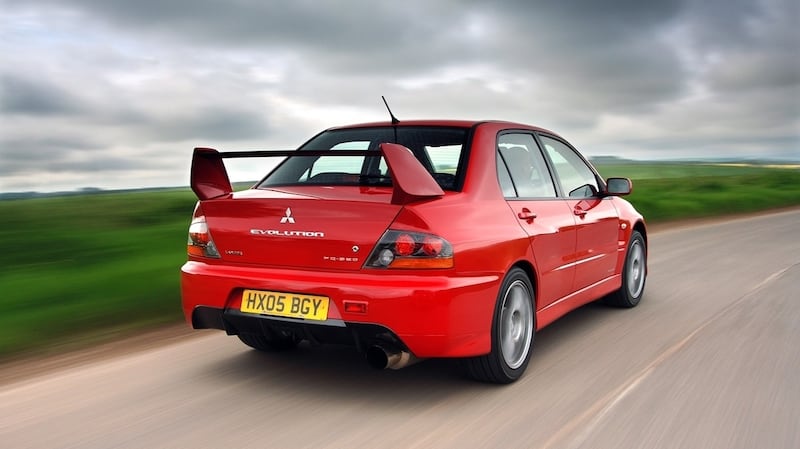
“It’s basically down to cashflow” one Mitsubishi insider told The Irish Times. “We’ve produced some great cars over the years, some truly great cars, but there was never the volume of sales there to push forward and capitalise on the innovation. You look at the Outlander PHEV - that’s a great car, and still competitive until very recently, and by now we should have had the all-new model in place, ready to move things forward again. But we didn’t because there’s a finite pot of money to work with.”
The withdrawal of the company from Europe, according to our insider, is a sad moment, but not an altogether unexpected one. Mitsubishi has been, at best, a manufacturer with total European sales of around 150,000 to 200,000 at best.
That makes it a minnow against the might of VW, PSA, Ford, and the rest. The joining with of Renault-Nissan may, originally, have been the key to unlock Mitsubishi's potential in Europe, but the financial strictures caused by Covid-19, and the increasing costs of doing business in the European motor market - not least the legislative demands for lower CO2 emissions and higher standard safety equipment – has triggered the pull-out.
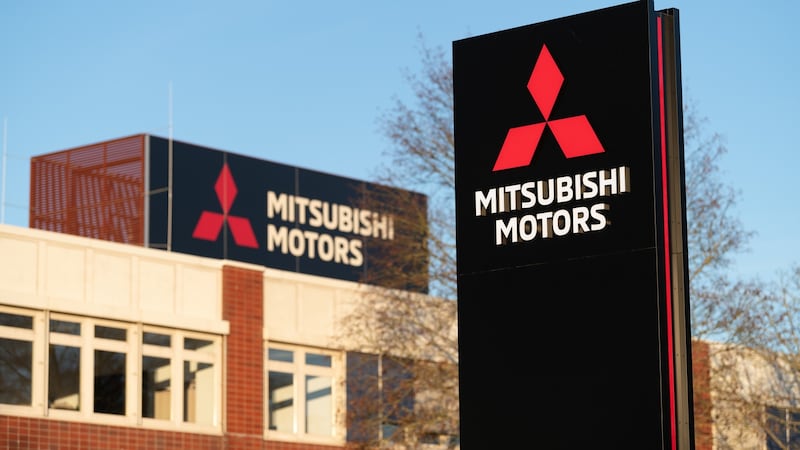
"There's a lot of emotions for us within Mitsubishi to unpack," said our insider. "Yes, there's a great deal of sadness, of course, but there's also understanding. You look at the sales figures for Mitsubishi in southeast Asia and Australia, which are much easier places to do business than Europe, and you look at the prominence of Renault and Nissan in Europe, and the jigsaw just falls into place. You have to remember that Mitsubishi isn't just a car maker, it's a huge conglomerate, of more than 600 companies, and the people at the top of that are going to take a dispassionate, considered view and do what's right for the company as a whole."
Mitsubishi’s Greatest Hits (and biggest dips)
1971: The Colt
Mitsubishi had been making cars since the 1930s, but the original Colt - sold in the US market as a Dodge - was what really kicked off its motoring story.
1984: The Pajero
Sold in the UK as the Shogun, the original Pajero had a rare (at that time) blend of off-road ruggedness and on-road refinement. A proper hard-working 4x4, rather than an SUV, the Pajero name would live on until 2019, and prove tough enough for service with the Irish Defence Forces.
1986: China
Thanks to an agreement made with Chinese company Liuzhou Automotive, Mitsubishi became only the third foreign car maker to build cars in and for the Chinese market.
1988: The Starion
Mitsubishi's big coupe made an unlikely rally car, but in the hands of fast Finn Pentti Airikkala, it finished fifth in the 1988 Circuit of Ireland. Arikkala had more than a few choice, four-lettered, words to say about the car's four-wheel steering system . . .
1992: The Evos
Mitsubishi continued its rallying efforts, but switched from the Starion to the Lancer saloon, creating the Lancer Evo. The potent Evo models would effectively become a brand in themselves, winning plaudits for their performance, tech, and handling, and in the hands of Tommi Makinen, dominating the World Rally Championship against determined competition from Subaru, Ford, Hyundai, and Skoda.
1997: The downfall
The Japanese 1990s financial crisis took its toll on Mitsubishi, which lost its position as the third-largest Japanese car maker to Mazda, a position it would never recover.
2000: The scandal
In 2000, Mitsubishi was caught up in a scandal over manufacturing defects – including failing brakes, fuel leaks and malfunctioning clutches – which it didn't admit to, and which eventually triggered the recall of more than 160,000 cars. The fallout led to the removal and arrest of company chairman Katsuhiko Kawasoe.
2009: The iMiEV
Based on the petrol-powered Mitsubishi i, the electric iMiEV made it to market well ahead of most other electric cars. Small and cute, today we'd laugh at its restricted 100km range, and its high price, but the fact is that Mitsubishi got there first.
2014: The Outlander PHEV
Once again, Mitsubishi got the jump on the rest of the motoring world with the first truly popular plugin-hybrid model. The styling and cabin might not have been up to best-in-class, but the engineering is close to peerless, and the Outlander has suffered none of the battery reliability issues that have plagued some PHEV rivals.
2016: Another scandal
Once again, Mitsubishi hit the headlines for the wrong reasons, this time over-stating how economical some key models in the Japanese market could be. Indeed, eventually it came out that Mitsubishi may have been cheating on its fuel tests for as much as 25 years. More corporate blood was let, and the scandal opened up Mitsubishi for a takeover by Renault-Nissan.












